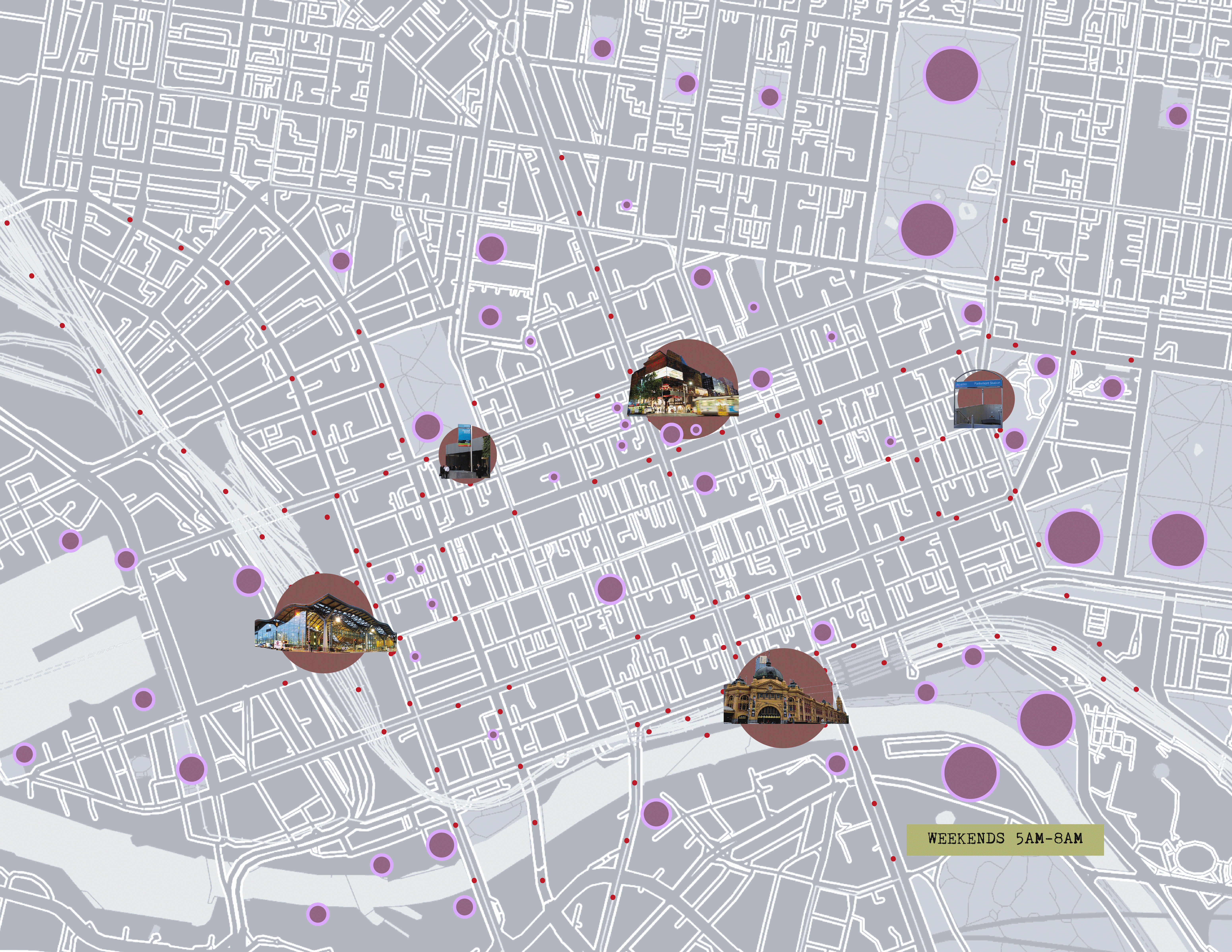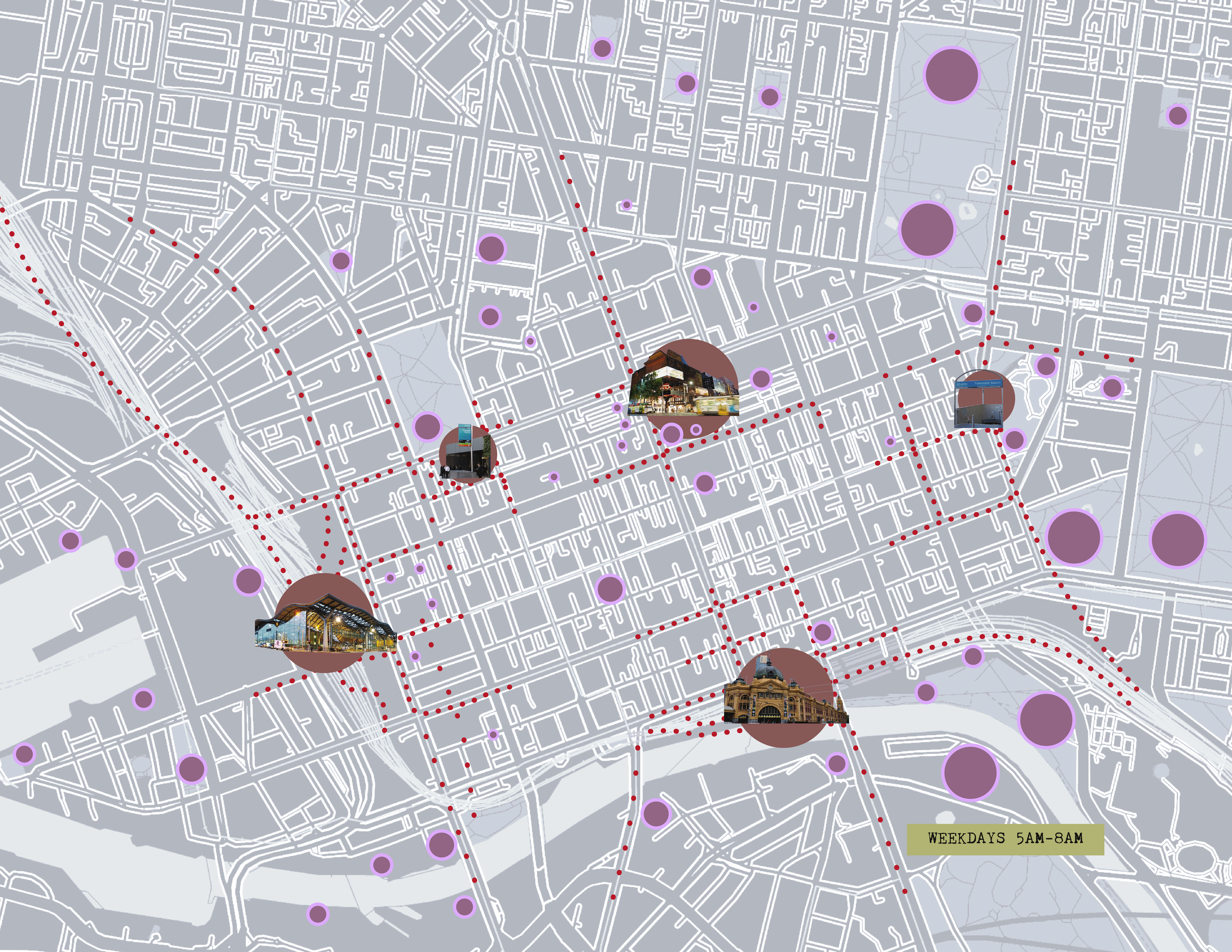
Manifesto: DOMESTICITY
2021 | Urban Interiority

//In today's world, cities are no longer as liveable as they once were, but rather more like concrete jungles with no definitive personality, filled with high rises that cause the loss of culture and environments designed specifically for commercial exchange. This kind of modernism and capitalism have together managed to destroy both the liveliness and historical value of the city itself. Citizens no longer feel a sense of ownership or belonging in urban environments and are increasingly choosing a suburban lifestyle. The place that one chooses to call home should reflect the lifestyle that they plan to live.//
Many cities are now full of high-rise buildings for both commercial and accommodation purposes. They are built for the purpose to sustain the economy rather than creating temporary homes for individuals who are either just passing by or residing in the city. Suburban visitors see the urban environment as a place where they only go-to for a specific purpose and usually become passerby's through the city without a sense of belonging. Rather than becoming a subject of the city, they are only labelled as a "visitor".




For those residing in the city, the quality of life will influence where they want to live based on their perceptions and personal preferences. Other factors include their attitude towards life, where they work, where they grew up, what they want in their lives and what facilities they need. New research by Regional Australia Institute (RAI) shows that 1 in 5 city dwellers want to move to the suburbs with over half wanting to move within the next 12 months. City residents are looking for more space, more connection to the natural environment, and a more relaxed, carefree, and quieter lifestyle offered in the suburbs.
Many spaces across our cities are no longer utilised by communities as they once were. People are spending more time in front of their screens rather than being outdoors, which has led to the main occupants of the streets being cars. Furthermore, the element of playability and exploration has been lost as cities have become more regimented and impersonal. Through our urban interiority, "DomestiCITY", we want to provide quality of urban life, regional identity and playfulness by re-imagining the city as an extension of the individual's domestic realm.

Poster - Domesticity
.png)
Mood Board - Home

Mood Board - Culture

In order to cater for both the suburban visitors and residents of the city, we intend to accommodate these new qualities and ways of life that inhabitants of the cities need. The urban needs to provide the same qualities of life that are provided in the suburbs such as familiarity, local, homely, warm, friendly, and spacious environments.
To generate a livable neighbourhood it must be both easy and comfortable to carry out day-to-day life for various people, create a sense of home and provide a welcoming environment. In the survey conducted, more than half answered that "reducing general stress and anxiety is a major drive for considering a life outside" our cities. Culture is also recognised as an integral part of people's personal lives and well-being daily. To accommodate this, we intend to provide individuals with the opportunity to encounter a city that is more reflective of their culture and feels more like a familiar neighbourhood that values and respects different customs within the city to recreate and redefine the idea of the urban home. Local development and equity are linked with acknowledging diversity in cultural heritage and values.
Without culture, there is no future for cities: "Cities need vitality, meaning, identity and innovation, and citizens need to widen their freedoms." Our goal is to create a welcoming, safe atmosphere for individuals/ communities to feel a sense of ownership and belonging towards the city and express themselves without fear of discrimination/marginalisation. We intend to create a unique visual identity that is rooted in the traditions and history of the city/ region by acknowledging and memorialising historical events that have influenced present-day life. We believe that urban spaces must possess historical meaning and contribute to the narrative of the city. It is important for spaces to acknowledge, respect, and celebrate various cultural groups and encourage them to coexist harmoniously.
The urban environment should evoke regional identity and history. Urban spaces should have cultural relevance and resonance both in design and in use. Memorialisation of people or events, including cultural factors, is essential to respect/ acknowledge the history of the city and ensure harmony among various groups.
Urban spaces that do not explicitly consider cultural issues have negative impacts on the preservation of heritage. It also prevents the exercise of memory, creativity, and coexistence, promoting homogenisation and limiting opportunities to access and participate in cultural life. Considerations for culture in urban planning are key in the success of sustainable development policies as drivers and enablers of development and people-centred societies. A holistic and integrated approach to development needs to take creativity, heritage, knowledge, and diversity into account.
By encouraging participation in cultural experiences, we can provide crucial platforms for the development of capabilities that expand self-awareness, self-expression, and well-being. Active involvement in cultural processes is important to enabling people who are marginalised, or in disadvantaged situations to overcome their difficulties and actively participate in their own inclusion in society. Artistic endeavours that spark open dialogue, foster connections with the local environment, propel collective action, and develop more sustainable living practices should be fostered. Entrenching cultural, historical, or playful identities into urban areas creates an opportunity for learning, strengthening individuals' connections with each other, and spontaneous interaction between children and their caregivers.
"Play" is unequal to playgrounds; it does not just happen in playgrounds. This element of playability can take place in many spaces and can also be something that adults wish to partake in. "Play" fosters the inclusion of migrants, the involvement of older adults and promotes a better relationship between parents and children. It includes a playful engagement with strangers, which is essential for social well-being beyond our social circle. Adults are no longer interacting playfully with their surrounding environment, and outside play for children is now restricted to designated times and places and even managed by adults.
"If we can build a successful city for children, we will have a successful city for everyone" - Enrique Peñalosa. The feeling of safety is fundamental while moving through the city, not only for children but also for their parents. We intend to explore a new layer of urban interiority, to conceptualise a 'transformative urban infrastructure through play' to restore children's freedom, play out in our city, and adults can feel like kids again. Urban play could increase social capital, reduce health problems and economic strain this causes, and give children the opportunities to develop the skills to boost their education and fulfil their potential. Moreover, it can trigger the participation of civil society, engaging citizens and local associations.
"Play" is not limited to recall childhood memories that encourage people to spend time with families. Moreover, it creates opportunities for children to grow in a healthy and memorable approach. In the '70s or '80s, childhood was such a paradise to see kids running around, and the current city might be able to bring kids back on the street with such freedom and playfulness.
Mood Board - Play
The "youth[er]” is based on an individual that is a part of a traditional family unit who has recently moved into the city for study or work.

Based on their personal experiences, they have always preferred the quality of life that the suburbs could offer. Therefore, moving to the city has been a huge change in environment and a cultural shock for them. They hope that the urban will be able to offer the same qualities that the suburbs provide and allow them to be able to still do the things that they like such as exploration, participation in social and cultural activities and be a part of a homely neighborhood.
Urban Subject - The Youth[er]
.png)



